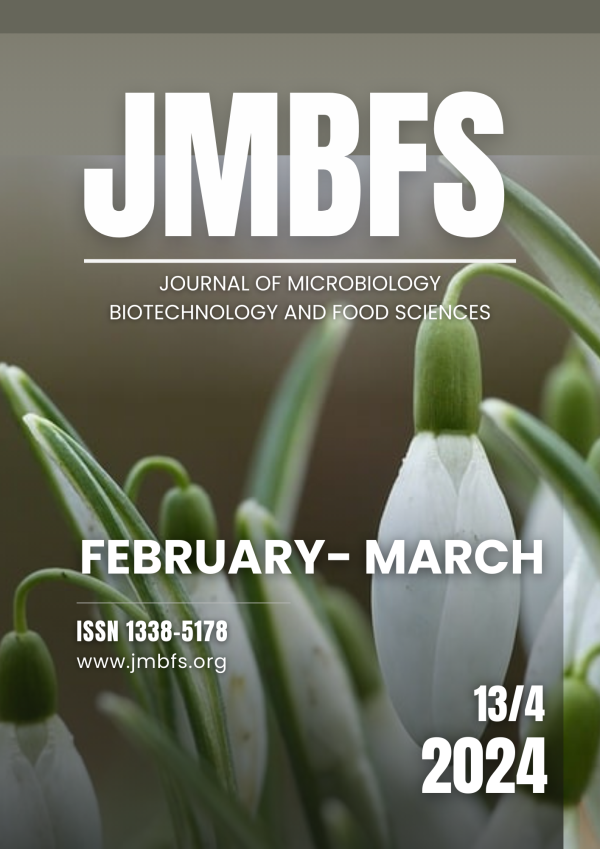COMPARISON OF CULTIVATION TESTS TO DETECTION MASTITIS IN DAIRY COWS
DOI:
https://doi.org/10.55251/jmbfs.10507Keywords:
cows, detection, mastitis, udder pathogens, cultivation, MicroMast testAbstract
Mastitis is an inflammation of the mammary gland which has a particular importance in ruminants. The purpose of this study was to evaluate and compare two methods for cultivation of udder pathogens: classical laboratory cultivation on Columbia agar with 5% sheep blood versus MicroMast rapid plates. The results allowed assessing the incidence of mastitis and the prevalence of the pathogens. During the study have been investigated 227 cows in a dairy farm localized in the east of Slovakia. Subsequently, 141 quarter milk samples from the positive cows with California mastitis test score 1-4 have been undergone the laboratory culture on Columbia agar and MicroMast test in accordance with their respective steps. The values obtained from these tests showing sensitivity of positive samples using the MicroMast test at the level of 64.5%, and sensitivity of cultures on Columbia blood agar at the level of 61.7%. After biochemical identification of cultured isolates, the Columbia blood agar and MicroMast test identified both as the main pathogen present Staphylococcus aureus (S. aureus) with results of 13.4% and 14.9%, respectively. On the base of results, both tests are comparable and therefore a test that speeds up testing is more useful in practice. It will be a relevant importance in the following decades to succeed in the development of tests with directly detection of udder pathogens.
Downloads
Downloads
Published
How to Cite
Issue
Section
License
Copyright (c) 2023 Zuzana Farkašová, František Zigo, Juliana Arvaiová, Šimon Halás, Mária Vargová, Silvia Ondrašovičová, Jana Záhumenská, Ibrahim F. Rehan

This work is licensed under a Creative Commons Attribution 4.0 International License.
All papers published in the Journal of Microbiology, Biotechnology and Food Sciences are published under a CC-BY licence (CC-BY 4.0). Published materials can be shared (copy and redistribute the material in any medium or format) and adapted (remix, transform, and build upon the material for any purpose, even commercially) with specifying the author(s).





